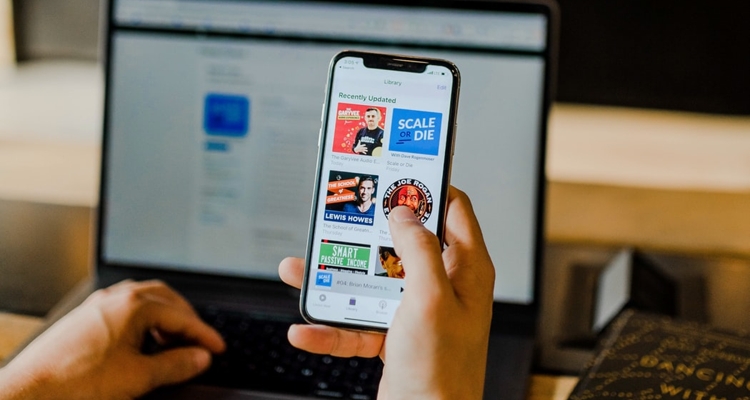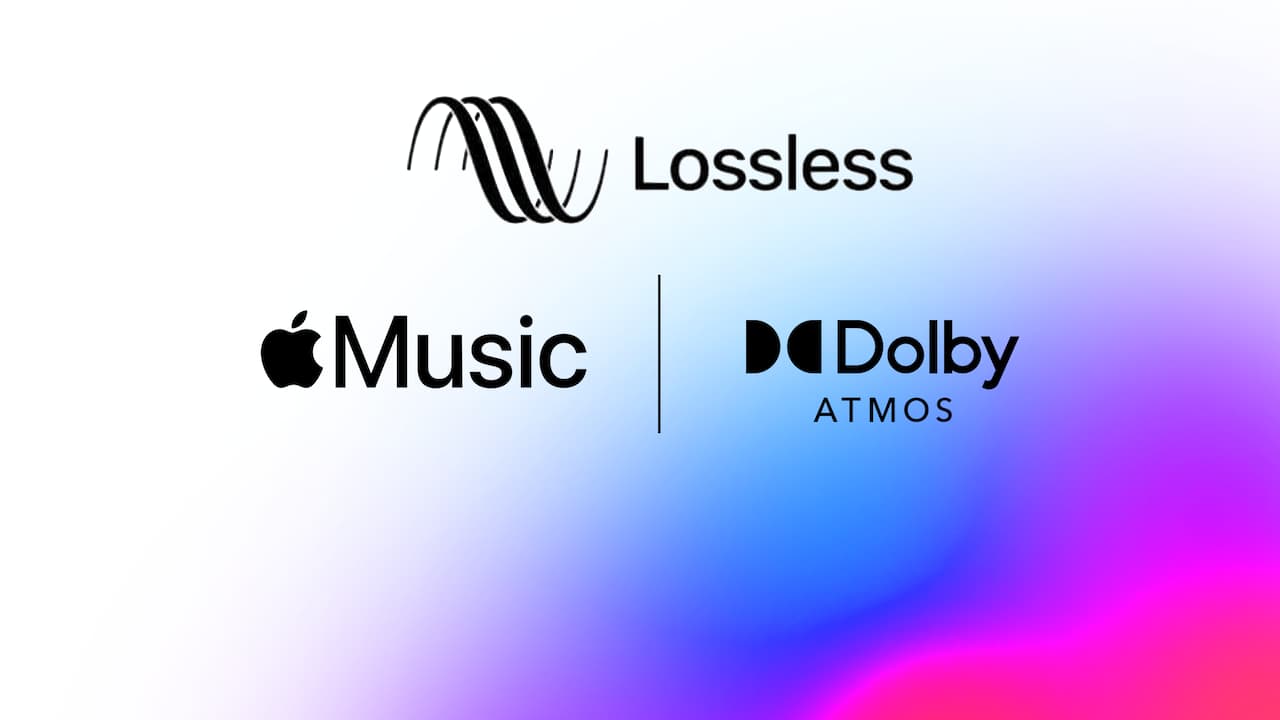


Since the release of iOS 5 in 2011, these devices have become less dependent on iTunes, though it can still be used to back up their contents. Starting in 2005, Apple expanded on the core music features of iTunes with support for digital video, podcasts, e-books, and mobile apps purchased from the iOS App Store.

With the 2003 addition of the iTunes Store for purchasing and downloading digital music, and a version of the program for Windows, it became a ubiquitous tool for managing music and configuring other features on Apple's line of iPod media players, which extended to the iPhone and iPad upon their introduction. Originally announced by Apple CEO Steve Jobs on January 9, 2001, iTunes' original and main focus was music, with a library offering organization and storage of Mac users' music collections. Options for sound optimizations exist, as well as ways to wirelessly share the iTunes library. Developed by Apple Inc., it is used to purchase, play, download, and organize digital multimedia, on personal computers running the macOS and Windows operating systems, and can be used to rip songs from CDs, as well as play content with the use of dynamic, smart playlists. After installing the iCloud for Windows app from the Microsoft Store and choosing to sync iCloud, iPhone users with Windows devices will be able to see their iPhone photos and videos within Photos.ITunes ( / ˈ aɪ t( j) uː n z/) is a software program that acts as a media player, media library, mobile device management utility, and the client app for the iTunes Store. In October, Microsoft announced that was integrating Apple’s iCloud storage service with the Photos app in Windows 11. Users will have to uninstall the apps to continue using iTunes. Apple notes that installing any of these apps will prevent iTunes for Windows from opening. The app replaces iTunes for sync and backup and also allows users to restore firmware without the need for iTunes.Īll three of the new Apple apps require Windows 11 version 22621.0 or higher. There’s also a preview app called “Apple Devices” that lets users manage Apple devices from their Window PC. The Apple Music app is almost the same as the macOS version but doesn’t have the lyrics feature. The Apple TV app functions similarly to the app on Smart TVs, giving users access to Apple TV+ and Apple TV Channels, in addition to movies and TV shows from the iTunes Store. The apps look similar to the versions that are available on macOS but are slightly modified for Windows. The launch was first spotted by The Verifier. The roll out comes a few months after Microsoft said the apps would be coming to Windows 11 this year. Apple is finally bringing its Apple Music and Apple TV apps to Windows, as preview versions of the two apps have quietly appeared on the Microsoft Store.


 0 kommentar(er)
0 kommentar(er)
